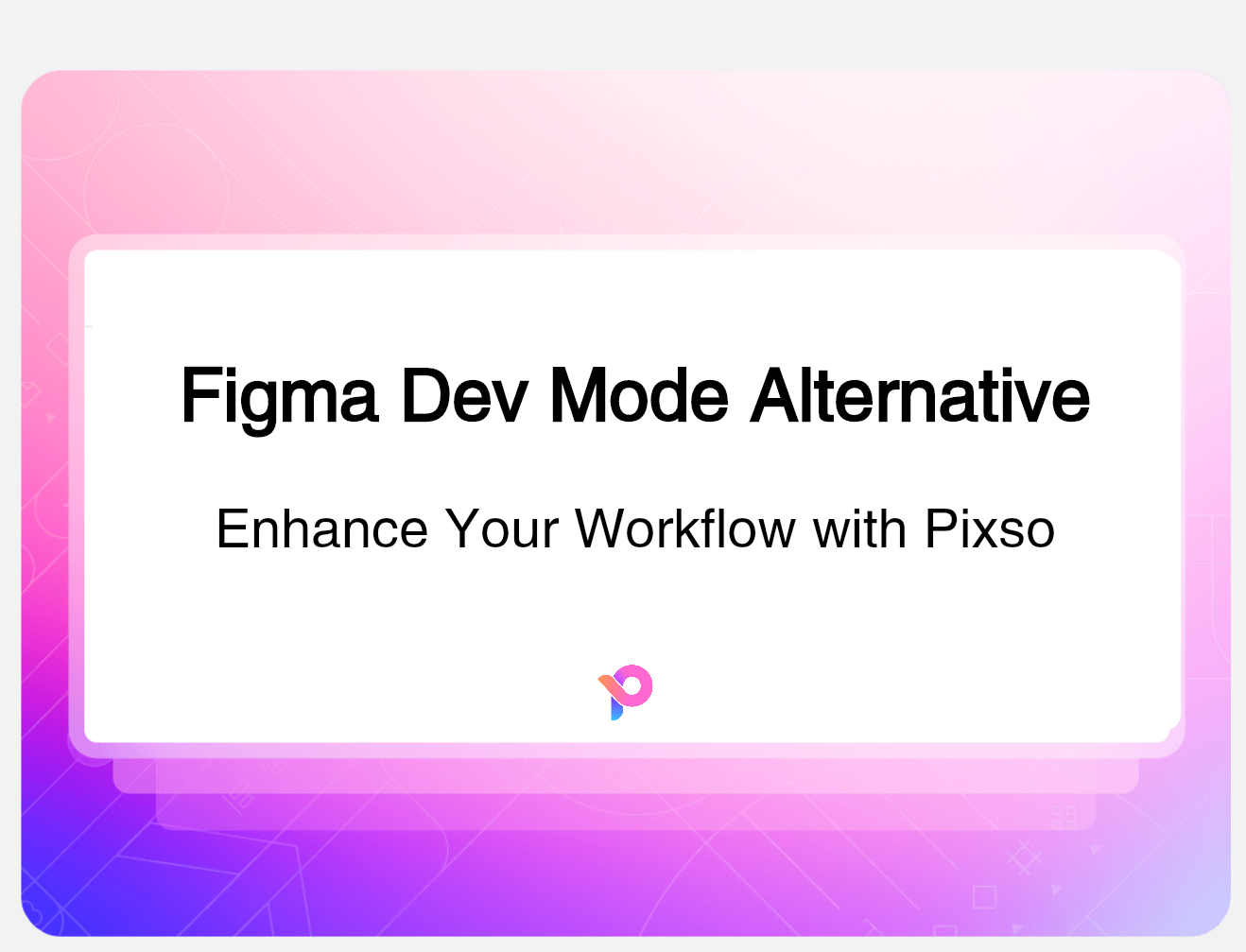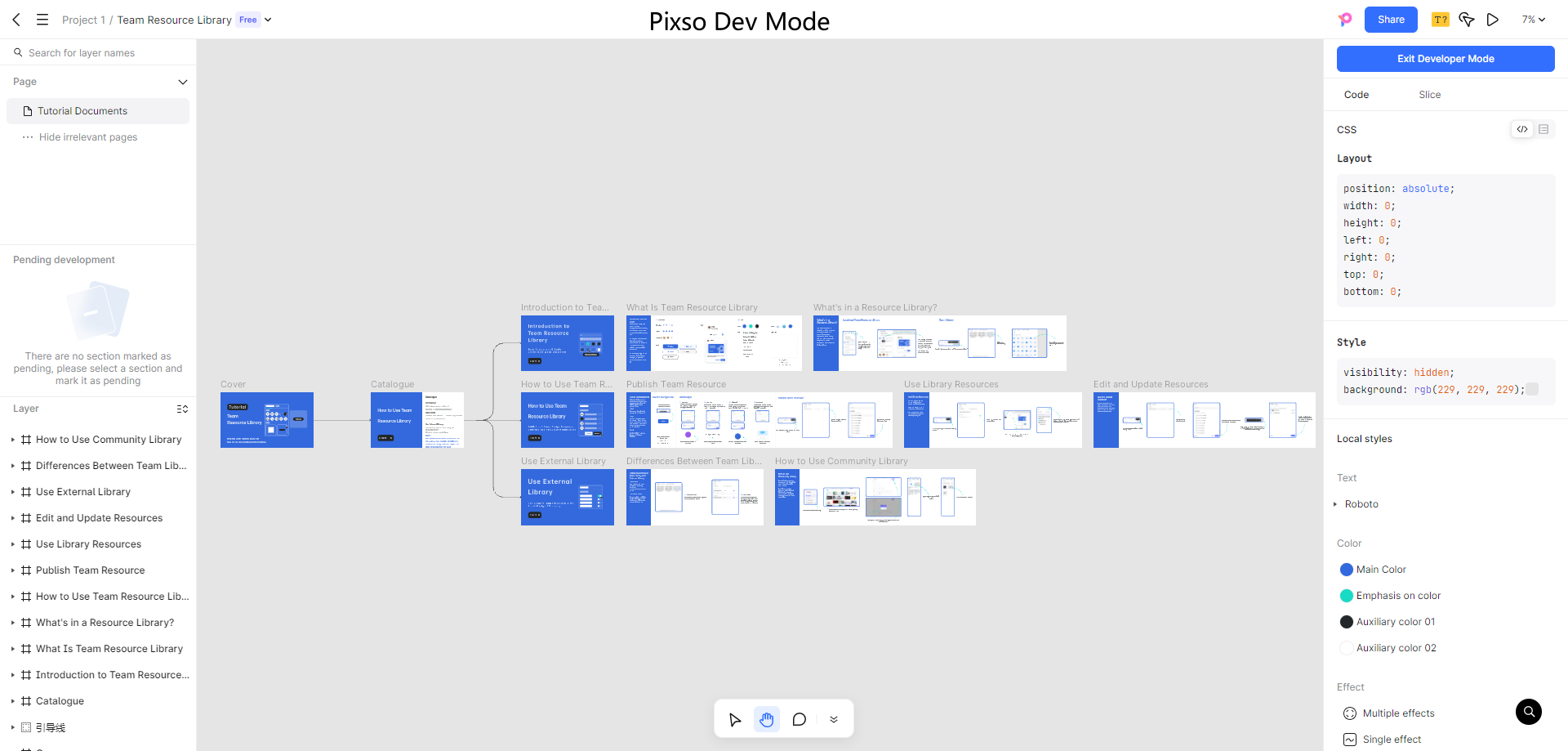In the ever-evolving digital age of 2025, the success of any online venture hinges on understanding user behavior. One of the most effective ways to gain such insights is through a visit tracker. With a vast array of options available, finding perfect trackers can be a daunting task. This blog will guide you through the essentials of visit trackers, showcase the top tools in 2025, discuss the factors to consider when choosing one, explore how to pair visitor tracking with Pixso for optimal results, and offer some final thoughts.
What Is a Visit Tracker?
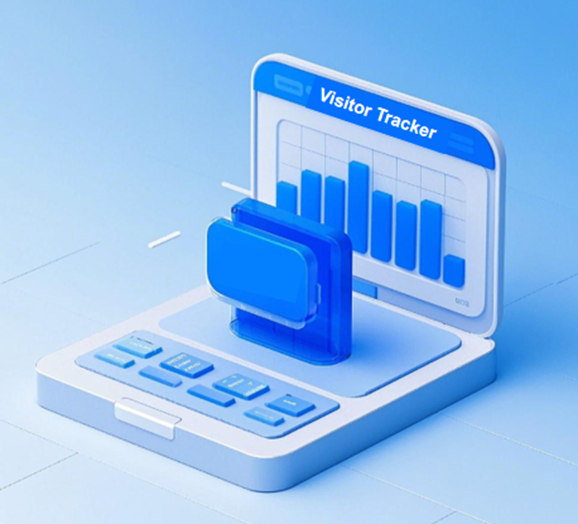
A visit tracker is a software solution that monitors and records user interactions with your website. It acts as a digital detective, gathering data on who visits your site, where they come from, what pages they view, and how long they stay. This data is crucial for making informed decisions to enhance your website's performance.
Key Metrics Tracked
- Page Views: The number of times a page is loaded. High-traffic pages can indicate popular content, while low-traffic ones might need improvement.
- User Demographics: Information about the visitors such as their location, age, and gender. This helps in tailoring content to the target audience.
- Bounce Rate: The percentage of visitors who leave the site after viewing only one page. A high bounce rate could signal issues with the landing page.
Top Visit Trackers in 2025
In the realm of digital analytics, finding the right visit tracker is crucial for effective internet site tracking. Here are five top-notch visit trackers in 2025.
1. Google Analytics 4
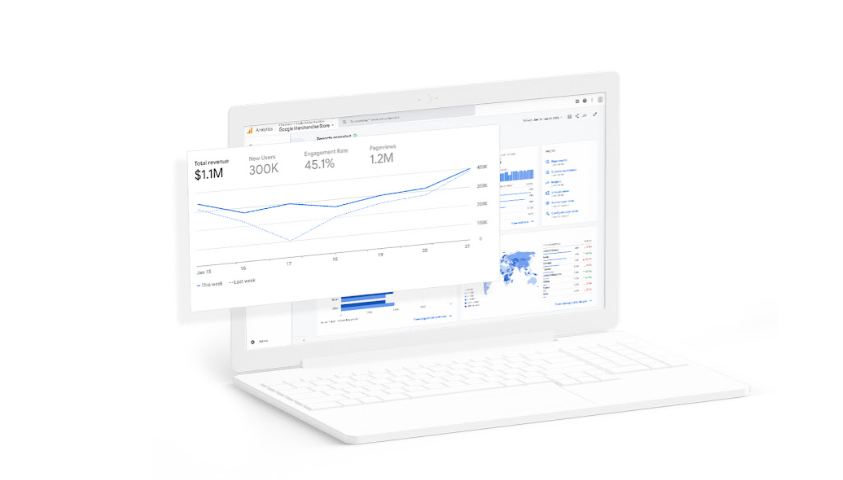
Advanced Data Analysis: It can segment data from multiple dimensions, facilitating the analysis of new and returning users' behaviors for comprehensive website visitor tracking.
AI - Driven Insights: By leveraging artificial intelligence, it predicts user behavior. With cross - platform tracking across web, mobile apps, and tablets, it offers a unified perspective on tracking.
Cross - Platform Tracking: In the era of multi - device internet access, it ensures no user behavior is overlooked, enabling accurate internet site tracking.
2. Matomo (formerly Piwik)
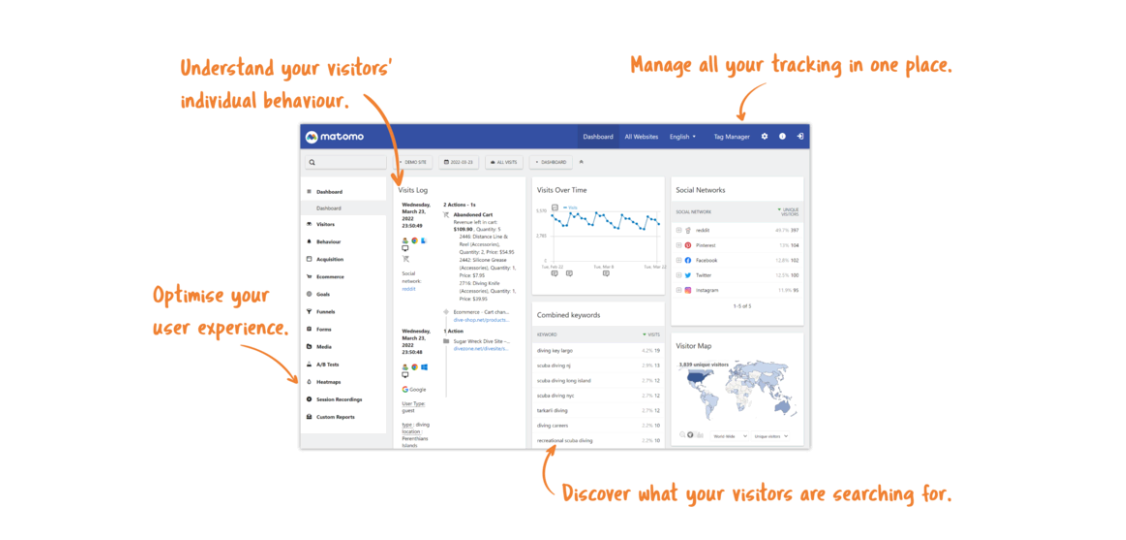
Open - Source Flexibility: As an open - source tool, it's customizable to meet complex internet site tracking needs, suitable for both small and large - scale websites.
Privacy - First Approach: It values privacy and provides IP anonymization, protecting data while offering valuable insights for website visitor tracking.
Detailed Reporting: It offers comprehensive user behavior reports including heatmaps and session recordings, helping to deeply understand user - website interactions.
3. Hotjar
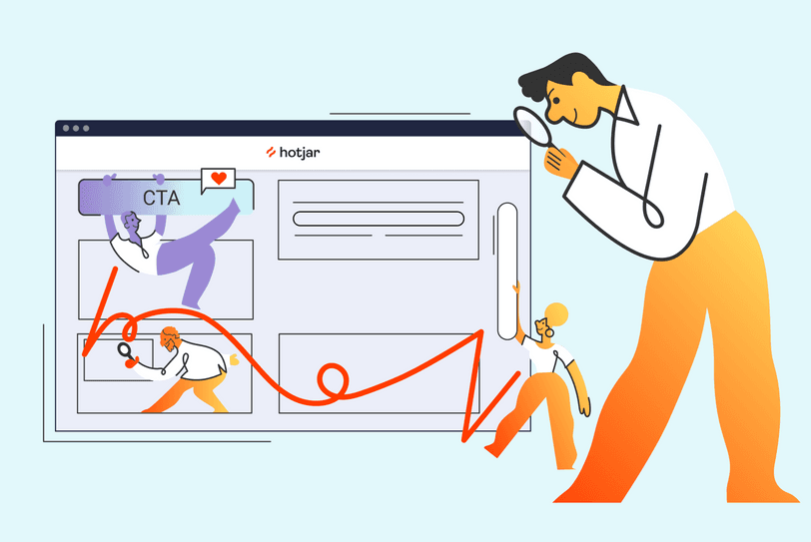
Heatmap Visualization: The heatmap shows areas where users click, scroll, and stay, helping to identify hotspots and areas for improvement on the website.
Session Recording: Record user sessions to observe browsing paths, discover usability issues, and enhance the user experience.
Feedback Collection: It enables collecting direct feedback from visitors to understand their preferences and suggestions, supplementing tracking data.
4. Clicky
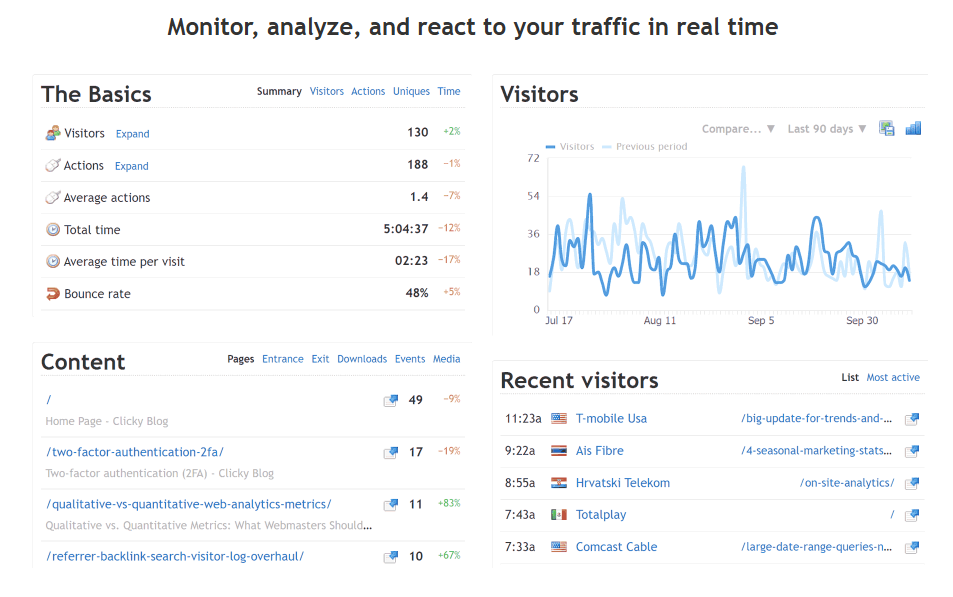
Real - Time Analytics: It tracks website traffic, visitor locations, and sources in real - time, allowing for timely adjustments to marketing activities based on traffic fluctuations.
User - Friendly Interface: With a simple and intuitive interface, it's accessible to users of all technical levels, reducing the learning curve.
Custom Alerts: You can set custom alerts, such as for high page views or excessive bounce rates on specific pages, to keep an eye on website performance.
5. Mixpanel
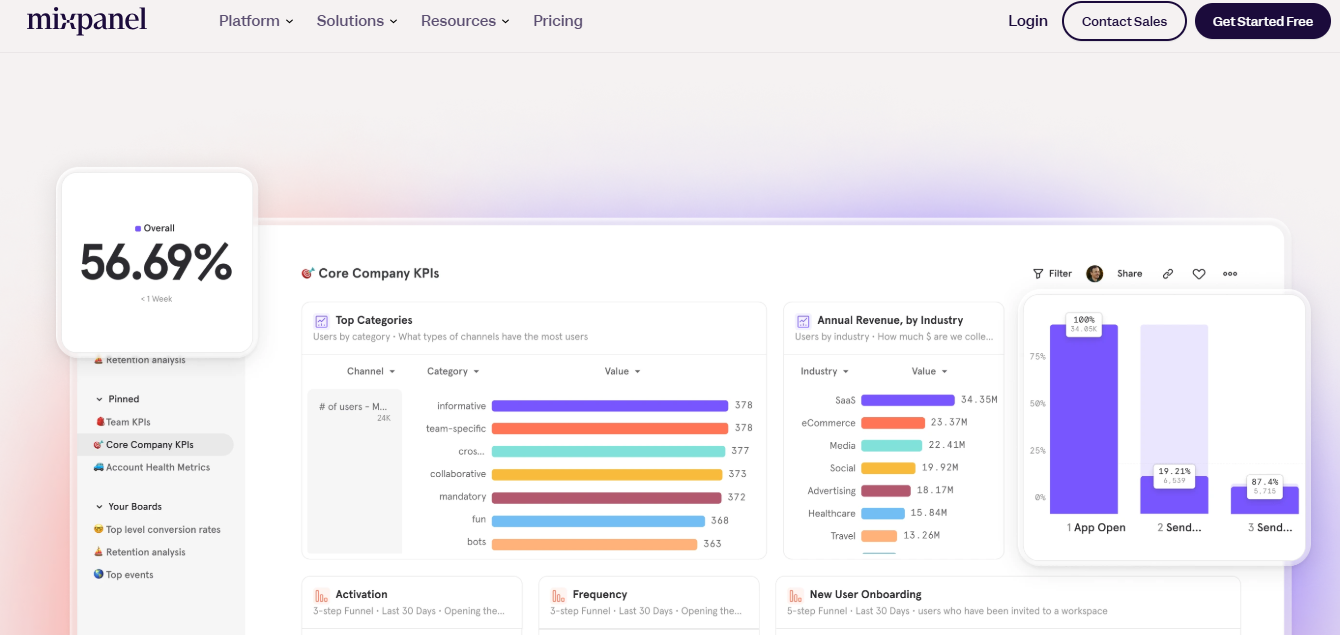
Event - Driven Tracking: Focusing on event - driven tracking, it monitors specific user actions like button clicks to help understand the user journey in depth.
Retention Analysis: It provides powerful retention analysis tools, showing user return rates and key retention factors for product and content optimization.
Segmentation and A/B Testing: It allows user base segmentation by various criteria and supports A/B testing to compare the performance of different versions, enhancing internet site tracking capabilities.
Factors to Consider When Choosing a Visit Track
1. Business Goals
If you run an e-commerce site, you'll need a visit tracker that can track product-related metrics such as product views, cart abandonment, and purchase conversions. For content-based websites, metrics like time on page, social shares, and subscriber sign-ups are crucial. Visit trackers should be able to provide insights into content performance.
2. Budget Constraints
Many visit trackers offer free plans with basic features, which can be a good starting point for small businesses. However, as your needs grow, you may need to upgrade to a paid plan for more advanced functionality. Evaluate the cost of the tracker against the value it provides. Consider the potential return on investment in terms of improved website performance and business growth.
3. Technical Compatibility
The visit tracker should be easy to integrate with your existing website infrastructure, including your CMS and other marketing tools. Look for a provider that offers reliable technical support, especially if you encounter issues during implementation or use.
Pair Visitor Tracking with Pixso for Success
Pixso is a powerful design and prototyping tool, but it lacks built-in visitor tracking capabilities. However, when paired with a visit tracker, it can significantly enhance the design-improvement cycle.
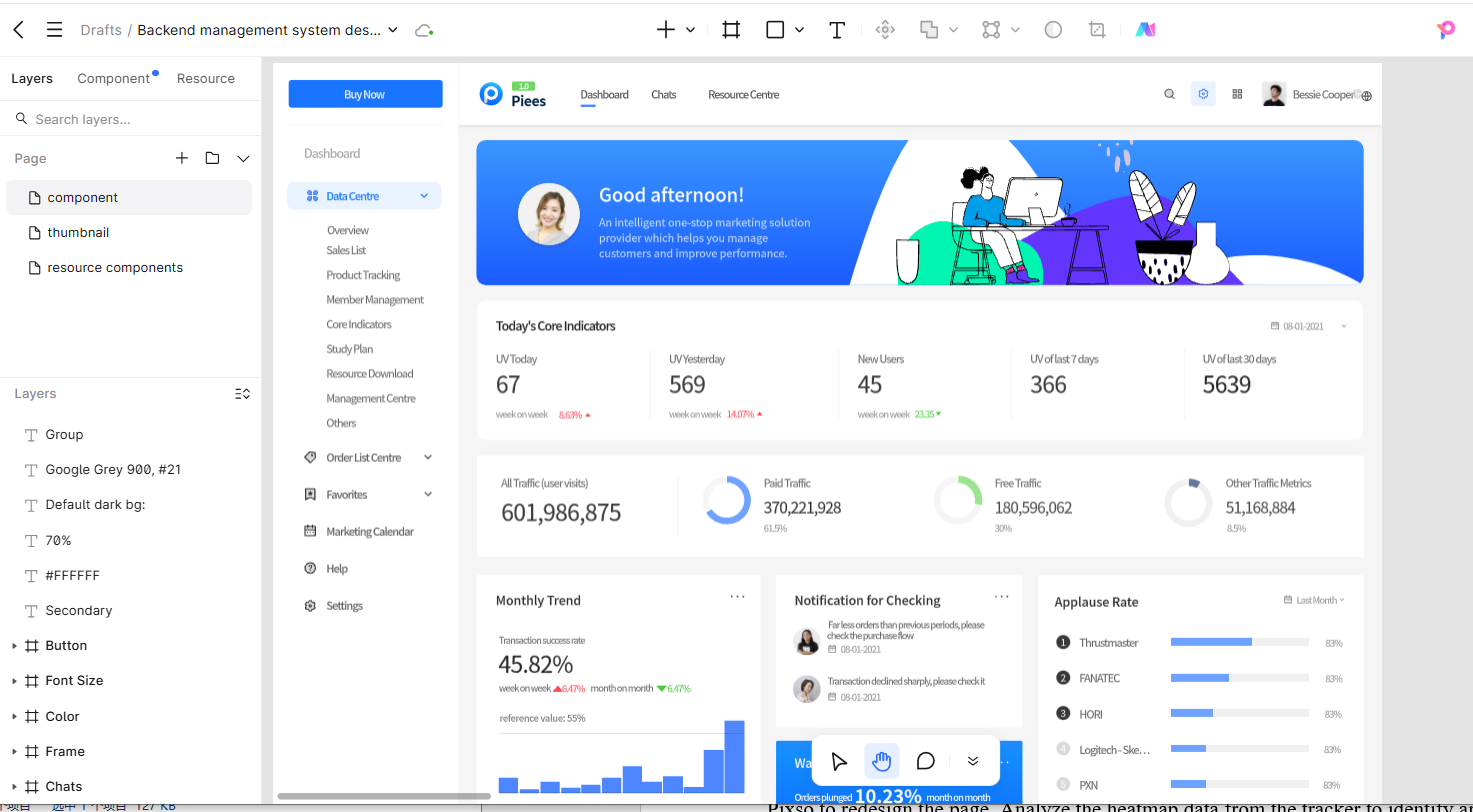
This synergy unfolds in several key ways that can revolutionize your website development process:
1. Data-Driven Design Decisions
For example, if a visit tracker shows that a particular page has a high bounce rate, you can use Pixso to redesign the page. Analyze the heatmap data from the tracker to identify areas that need improvement, and then use the tool's design features to make the necessary changes.
2. Iterative Design Process
Use the insights from website visitor tracking to iterate on your designs in Pixso. If the visit tracker reveals that users are not interacting with a certain element, you can modify it in Pixso and then re-evaluate the data from the tracker to see if there's an improvement.
3. Enhanced User Experience
By combining the design capabilities of Pixso with the data from visit trackers, you can create a more user-friendly website. For instance, if it shows that users are having trouble navigating a section, you can use Pixso to simplify the navigation design.
Final Thoughts
In 2025, choosing the right visit tracker is essential for effective internet site tracking and website visitor tracking. By considering your business goals, budget, and technical compatibility, you can select visit trackers that meet your needs. Additionally, pairing visitor tracking with a tool like Pixso can lead to better-designed websites and improved user experiences. Whether you're a small business owner, a marketer, or a web designer, the right combination of tools can help you achieve your online goals. So, take the time to explore the options, make an informed decision, and start leveraging the power of visit trackers and design tools to drive your online success.


